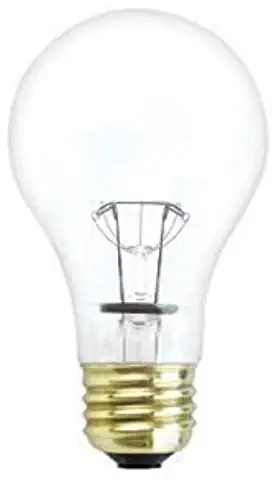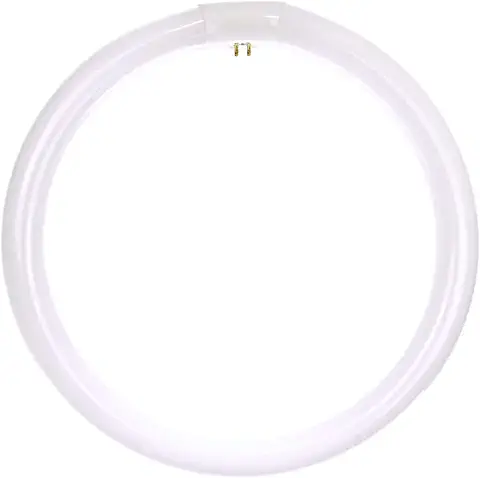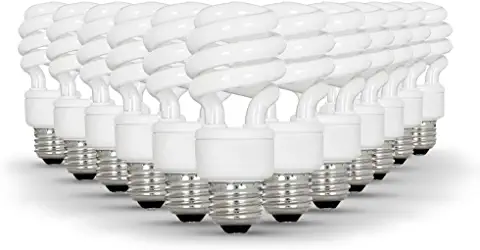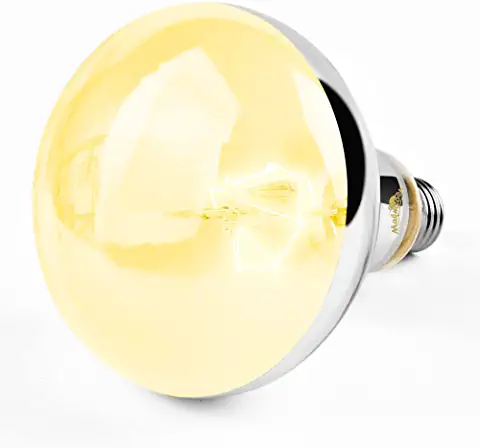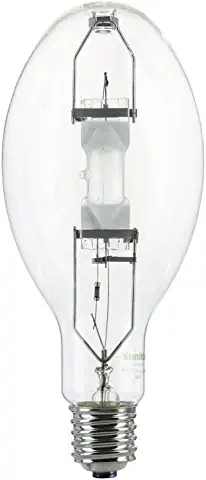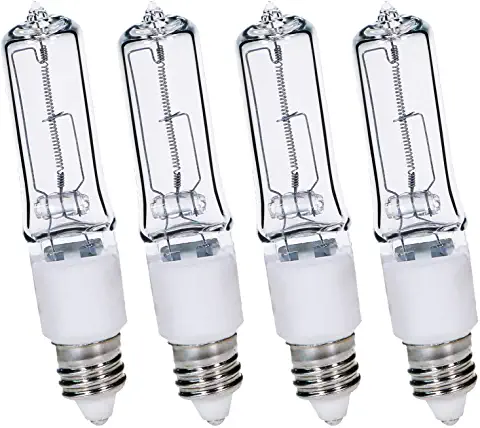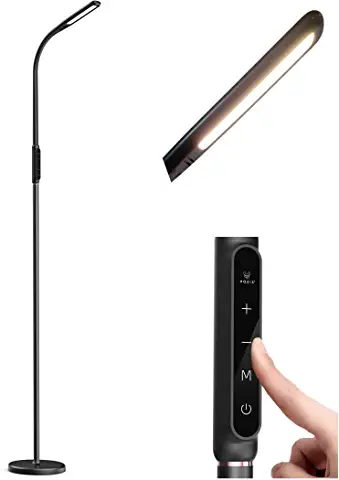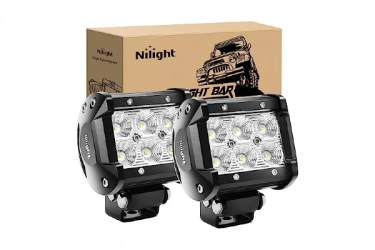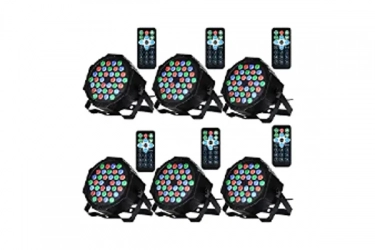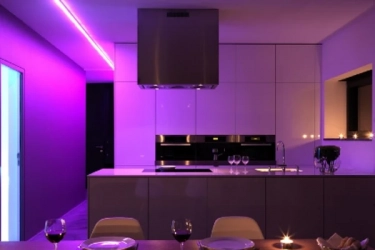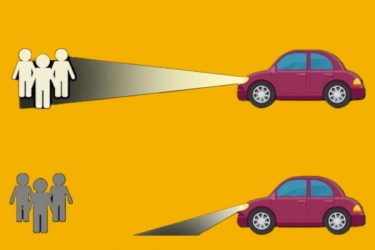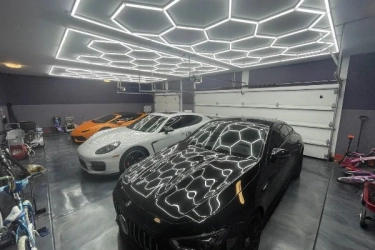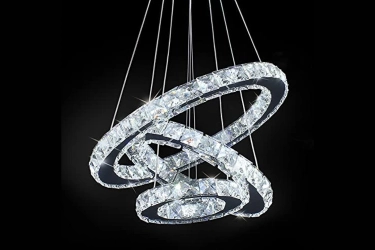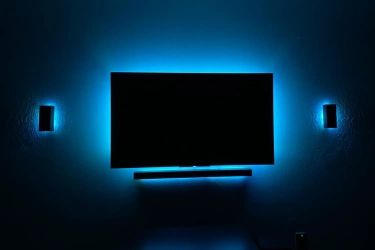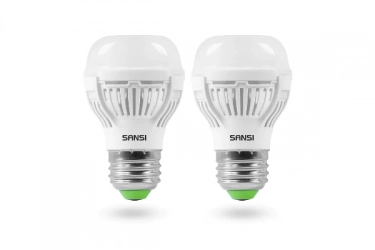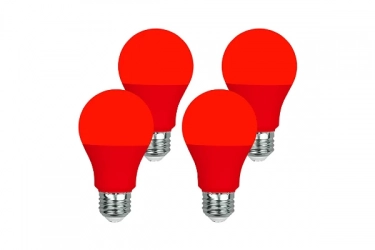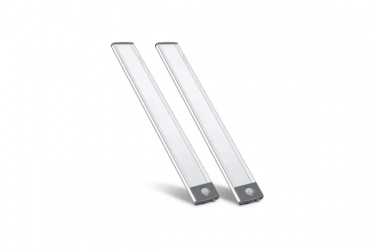We independently research, test, review, and recommend the best products. If you buy something through our links, we may earn a commission.
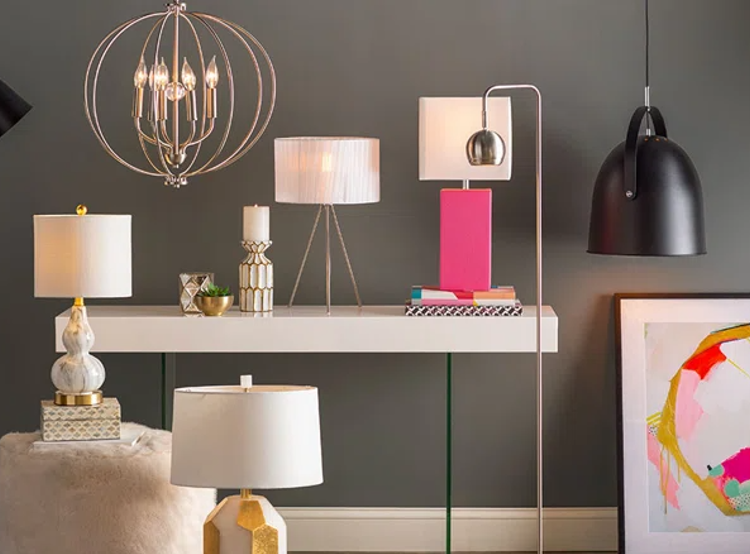
It's possible that all you consider when buying a lamp is how pretty it is and the kind of light it produces. Technically speaking, there are many different types of lamp lighting available. They include tungsten, fluorescent, incandescent, and much more. You might be acquainted with different types of lamps lighting designs. But could you tell which one is superior in specific scenarios?
One of the first questions you could have if you're looking to purchase a new lamp is what design will suit you the best. It can be challenging to choose the styles of lamps because there are so many options. Each styles of lamps may seem slightly different and may serve a few distinct purposes, but it's also crucial that your lighting blends in with the rest of your home's decor. You can learn everything you need to know about all the different types of lamps in this article.
What Is A Lamp?
A device that produces light using electricity is called a lamp. Assisting in distributing the light and adjusting its intensity, lamps often have a covering or lampshade. The sands of time and the sands of time. The sands, in which the sands of time and the sands of. Many sizes, forms, and styles are available for lamps.
A light source, such as a light bulb, plus an external construction, makes up a lamp. In some professional settings, the word "lamp" will be used to describe the lightbulb itself. Often, the "light fixture outside "'s structure is made to stand on a surface like a desk, end table, or floor or be mounted to a wall or ceiling.
How To Style Different Types Of Lamps
There are many different lamp types from which to pick. According to where they are located in an interior (or external) location, these can be loosely categorized as follows:
- Desk lamps: Table lamps are supported by surfaces like end tables or dining room tables. Table lamps can meet the interior space's lighting needs because they are smaller than floor lights.
- Wall lamps: Wall lamps are mounted directly on the wall. External wall lamps are sometimes used, such as those on either side of a building entry. You can install sconces or wall lamps within the home to accent particular elements of the decor, like framed artwork or paintings, or you can place wall lamps in bathrooms.
- Overhead lamps: Overhead lamps are mounted to the ceiling. Overhead lamps must be wired into the design of a room, just as wall lamps. Others dangle downward at a predetermined (and occasionally adjustable) height, while some are fixed straight to the ceiling, producing a broad, diffuse source of light. The chandelier is a typical illustration; it often has a large number of bulbs, which produces a lot of light and makes for a dramatic and decorative component of the room's design.
You May Also Read
The first type of best lamps is an incandescent bulb. An electric light with a wire filament that has been heated until it glows is known as an incandescent light bulb, incandescent lamp, as well as incandescent light globe. To prevent oxidation, the filament is encased in a glass bulb with a vacuum or inert gas. Terminals or wires buried in the glass provide current to the filament. A bulb socket provides electrical connections & mechanical support.
From 1.5 volts to around 300 volts, incandescent bulbs are produced in various diameters, light outputs, and voltage ratings. They operate just as well on alternating current as on direct current, have inexpensive production costs, and don't need any extra regulating apparatus. As a result, incandescent bulbs are now often used for decorative and commercial lighting, as well as for portable lightings such as table lamps, car headlights, and flashlights.
Fluorescent lights are a type of discharge lamp. These best lamps use an electric current conducted through a mixture of inert gas, like argon and metal vapor, to produce light when it strikes the inside of the tube's phosphor-coated interior. They are more effective than incandescent lamps but frequently use mercury, which is hazardous to the environment and human health. They are frequently found in commercial and institutional settings because of their long, tubular shape and colder color temperature.
Fluorescent lighting systems typically have a luminous efficacy of 50 to 100 lumens per watt, which is significantly higher than that of incandescent bulbs with a similar light output. An incandescent light may only produce 16 lumens per watt, for comparison. Fluorescent light fixtures are more expensive than incandescent lamp fixtures because, among other things, they need a ballast to regulate the current through the bulb. Still, the initial expense is mitigated by a substantially lower operational cost.
Similar to fluorescent bulbs in operation, compact fluorescent lights, or CFLs for short, are more practical for use in home settings. Despite being more energy-efficient than incandescent lights, they are quickly being replaced by newer technologies. An incandescent light bulb can be swapped out for a compact fluorescent lamp (CFL), also known as a compact fluorescent light, power light, or compact fluorescent tube.
These best lamps use a tiny electronic ballast in the lamp base and a tube that is folded or curled to fit into the area of an incandescent bulb. CFLs are difficult to dispose of since they contain dangerous mercury, like all fluorescent bulbs. The governments of numerous nations has made it illegal to dispose of CFLs with ordinary trash. Several nations have set up unique CFL and other hazardous waste collection procedures.
Bright and durable are mercury vapor lamps. They are typically used to light up big spaces like streets, gyms, sports stadiums, banks, and retail establishments. They have a quartz tube inside that discharges mercury vapor. An outer glass bulb that filters out dangerous UV rays encloses this.
A gas-discharge lamp called a mercury-vapor lamp emits light by passing an electric arc across vaporized mercury. Most of the time, the arc discharge is contained within a small fused quartz arc tube set inside a bigger borosilicate glass bulb. The outer bulb can be transparent or coated with phosphor; in any case, it offers thermal insulation, shields users from the light's UV rays, and makes it easy to place the fused quartz arc.
Via the use of an electric arc that passes through a gaseous combination of evaporated mercury and metal halides, metal halide lamps emit light. These best lamps are comparable to mercury vapor lamps, but they have an added metal halide ingredient that enhances efficiency and color rendition. They require specialized fixtures to function securely because they work under high pressure.
Intense white light is produced by metal-halide lamps, which have a high luminous efficacy of roughly 75-100 lumens per watt, which is approximately twice that of mercury vapor lights & three to five times that of incandescent lights. The lifespan of a lamp is 6,000–15,000 hours. It is a specific kind of gas-discharge high-intensity discharge lamp (HID).
With the exception of a small amount of halogen (often bromine) in the fill gas, tungsten halogen lamps are built similarly to ordinary gas-filled tungsten filament lamps. A tungsten halogen lamp's filament serves two functions. The first is to produce light, and the second is to produce the heat required to raise the wall temperature to 250 °C.
When used at the design voltage, these bulbs are intended to maintain the necessary wall temperature. If the voltage is reduced by more than 10% from the design voltage, the wall temperature is likely to drop below the necessary 250oC.
The most prevalent type of light source is fast evolving into LED light bulbs. Electric diodes are used by LEDs (Light Emitting Diodes) to produce light instead of a filament or a metal/gas vapor. A diode illuminates when a current flows through it. Various color ranges can be produced using various materials. The lamps' outstanding energy efficiency and minimal weight result in very low lifetime costs.
Conclusion
Consider the things that occur in the area where you want to add light to any space, and you'll have a better notion of what kind or style of lamp would work best for your particular requirements. And after you've found that out, you can design a space that's attractive, useful, and perfectly lit.
Knowing the different types of lamps will enable you to choose the one that best meets your requirements. You are sure to find an answer that fits for you with such a large selection to pick from.


